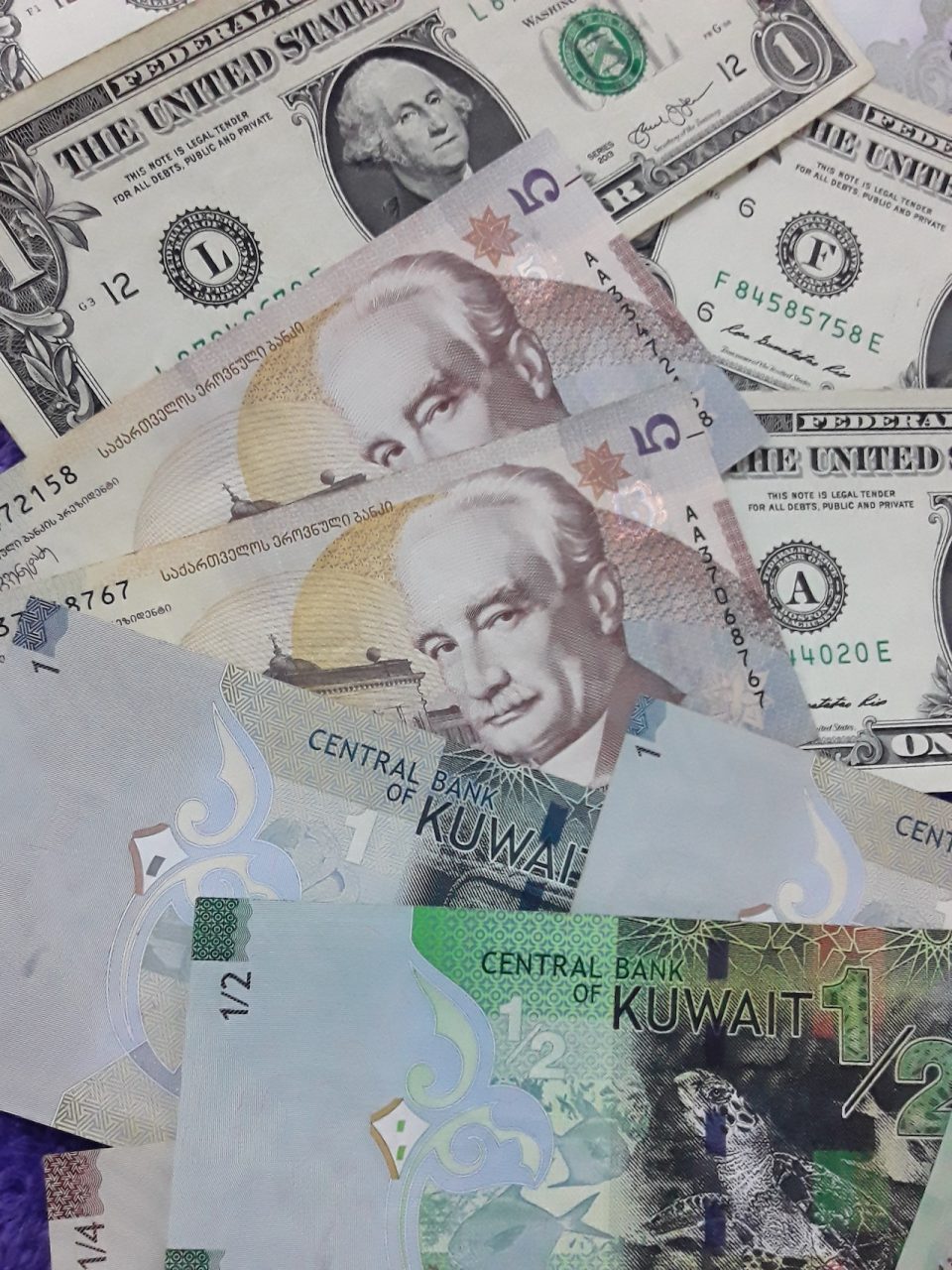In its semi-annual regional update released on Sunday, the World Bank affirmed its economic growth projection for China in 2023 at 5.1%, holding steady from its earlier estimate in April. However, the global financial institution revised its 2024 forecast downwards to 4.4% from the initial 4.8%, citing persistent vulnerabilities in China’s property sector.
The World Bank also made a slight adjustment to its 2023 gross domestic product (GDP) growth forecast for the East Asia and the Pacific region, which encompasses China, reducing it from 5.1% to 5.0%.
This downward revision for 2024 is attributed to external factors, including a sluggish global economy, elevated interest rates, and a climate of trade protectionism. Shockingly, the World Bank reported that approximately 3,000 new trade restrictions were imposed in 2022, a threefold increase from 2019.
China’s economic slowdown is primarily attributed to the tapering rebound following the nation’s stringent zero-COVID policies, which resulted in months of lackluster economic performance. Nonetheless, recent months have shown promising signs of improvement, with upswings in factory production, retail sales, exports, and imports growth. Additionally, deflationary pressures have begun to abate, with industrial profits experiencing an unexpected surge of 17.2% in August, overturning July’s 6.7% decline.
Despite these positive indicators, analysts contend that further policy intervention is imperative for China to meet the government’s growth target of approximately 5% for this year. The World Bank advocates for robust reforms, including the liberalization of the “hukou” residence permit system and the fortification of safety nets. These reforms are viewed as pivotal in revitalizing consumption and catalyzing investments, laying the foundation for sustained economic expansion.
Within the echelons of government, discussions among advisors are marked by a schism. The pro-reform faction underscores the urgency of expediting structural reforms to invigorate consumption and dismantling barriers to market entry for private enterprises, even if it involves recalibrating the dominance of state-owned giants.
In the midst of these deliberations, policymakers confront the challenge of striking an equilibrium between short-term stimulus measures to facilitate a robust economic resurgence and long-term structural reforms to ensure a sustainable growth trajectory.
Overall, the World Bank retains a tempered optimism regarding economic growth prospects in the East Asia and Pacific region. This optimism, however, is tempered by a discernable degree of caution, recognizing that economic recoveries are disparate across nations, set against a backdrop of profound geopolitical and policy uncertainties.
Source: Reuters

